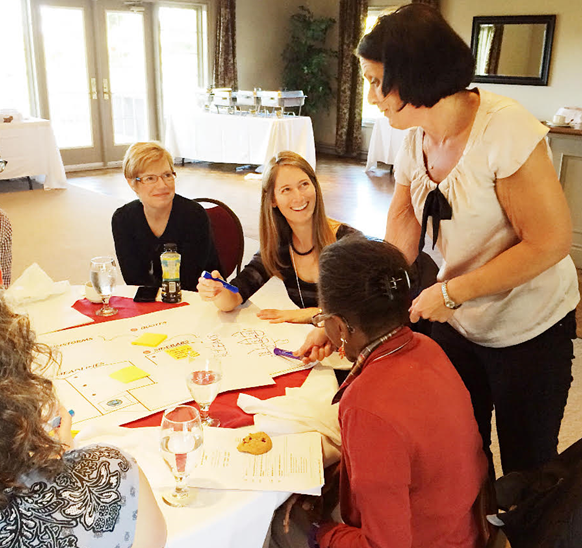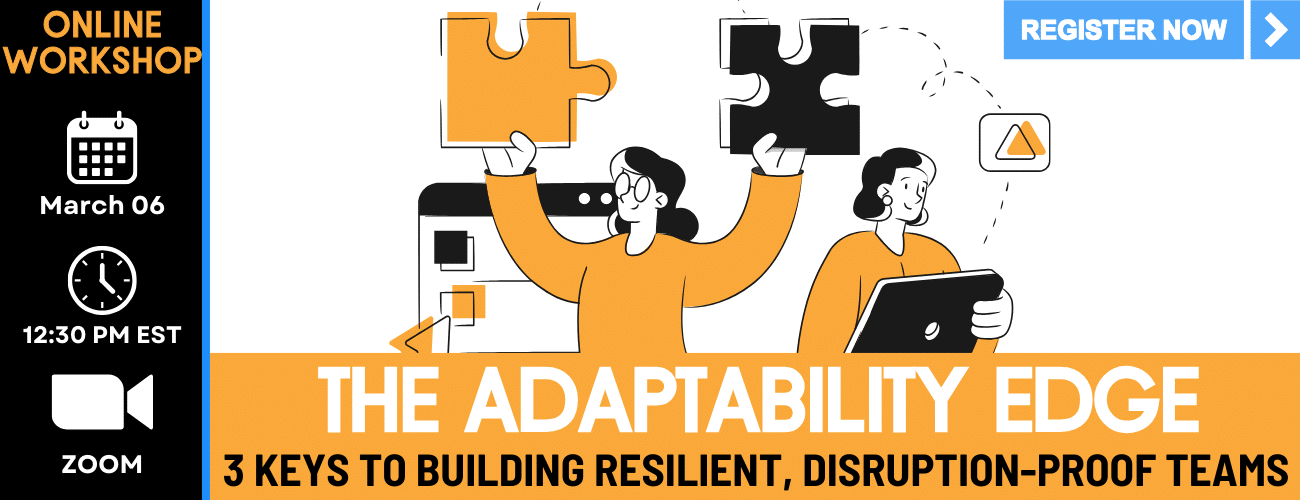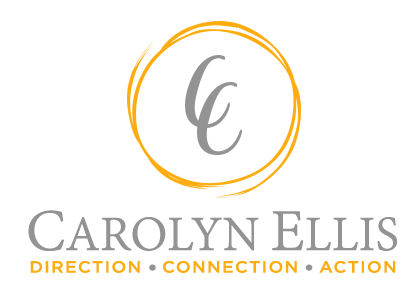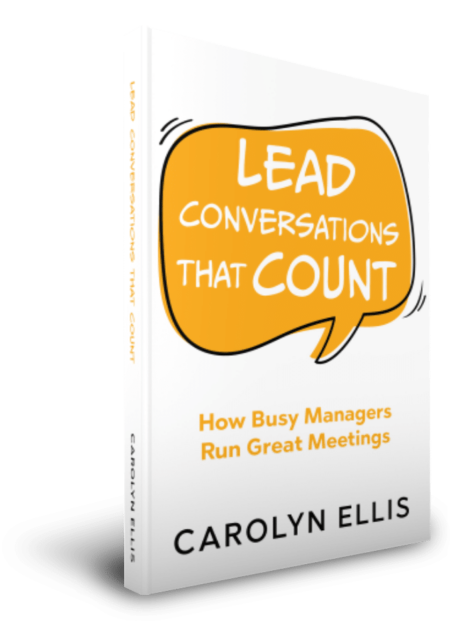
Have you ever been to a meeting where you were so bored your greatest creative stretch was figuring out how to yawn without someone noticing? Perhaps you found yourself the victim of “death by PowerPoint” at a large event, where one speaker after the other barraged you with information and after the first 2 or 3 you started to tune it all out? Or perhaps you’ve been in a training where there was so much content and discussion that by the end of the day your brain felt like such mush and you couldn’t really recall what you had learned?
In a world where complexity and uncertainty are increasing and attention spans and employee engagement are decreasing, it’s more important than ever to your plan group gatherings – whether they are virtual or in-person events – well. As a visual facilitator and engagement specialist, an important part of the work I do with my clients happens well before the meeting takes place to ensure that they deliver an impactful and memorable experience. Engaging experiences are designed around energy, not just content. When you engage people, you draw forth their insights, creativity, and commitment to taking action.
Here are my top tips for what NOT to do and what TO DO when it comes to making your next meeting or event powerful and impactful. Whether you’re planning a team meeting for a handful of people, or a conference for thousands, these same principles apply.
DON’T Firehose Your Participants
Cramming speaker after speaker or topic after topic in an attempt to maximize the use of every minute available to deliver content is the firehose approach. That kind of intense, relentless “talking at” the audience approach may get some folks temporarily inspired with a new insight, but typically people don’t implement what they learn because the insights didn’t anchor deeply enough and your participants feel overwhelmed.
When you’re gardening, you want to prepare the soil properly so you can plant the seeds, water, and let your garden grow. Your seeds have a better chance of taking root if you use a watering can instead of a firehose. Find ways to let your participants digest and reflect on the insights being offered so they have the space to decide what’s most important for them to implement.
DON’T Overload Your Agenda
It’s important to make use of the time you have, but you can’t overplan each minute of the agenda. I attended a conference once where the organizers announced that, with the exception of one hour for lunch, there were NO scheduled breaks between speakers and panels because we were all grown-ups so we could feel free to take a bio-break when needed. In other words, no scheduled bathroom breaks or coffee breaks. This was a big missed opportunity because often some of the best networking and insights from a conference come from your fellow participants, not just from the stage. Plus it was exhausting for the audience, as well as the speakers, to keep up that pace for an entire day.
DO Plan for Energy not Just Content
When designing your meeting or event, be aware that there are natural peaks and valleys in the group’s energy. You’ll get the most attention and engagement at the beginning of your event, but expect it to drop after a meal or towards the end of the day. Those can be good times to incorporate small group or buddy sharing, or to get folks involved in some kind of kinaesthetic activity like putting their ideas on sticky notes on a wall or completing a pre-designed graphic template together.
DO Tap into the Wisdom in the Room
As a facilitator, my job is to create the container and context for the meeting that allows the wisdom of the individual participants to emerge and be captured. Speakers or team leaders have important contributions to make, of course. But there is a huge richness and chance for breakthrough thinking when you can engage people in constructive dialogue and let their voices be heard. One of the most satisfying experiences for me is seeing participants review the graphic maps I’ve made of their discussions over the course of the day or retreat, and they see their own insights reflected back to them. Take advantage of the synergies and alchemy that’s possible when you get your people all in the same room (whether in person or virtually).
DO Create an Experience
Create the environment for people to have meaningful dialogue and experiences with one another. With only 20% of employees reporting that they feel actively engaged in their work, talking at them longer won’t help. Engaging in conversations, developing shared values and experiences, and fostering collaboration and better relationships goes a long way towards helping organizations achieve the outcomes they want. From using ice-breaker exercises so people get to know one another to how you communicate with participants before and after the event, the more you can create an experience, the better your event will be. In the words of Theodore Roosevelt, “People don’t care how much you know, until they know how much you care.”
DO Plan for Implementation
Information may be interesting, but without action, it’s pretty useless. Be clear on the outcome you desire from your meeting or event at the outset. What do you want your participants to leave with? What needs to be different the day after your meeting or event as a result? What action do you want folks to take? Graphic recordings of the discussions are great not just for capturing the event, but also for fostering ongoing dialogue after the event and to help with implementation. Create space in your agenda to discuss clear next steps and execution.




